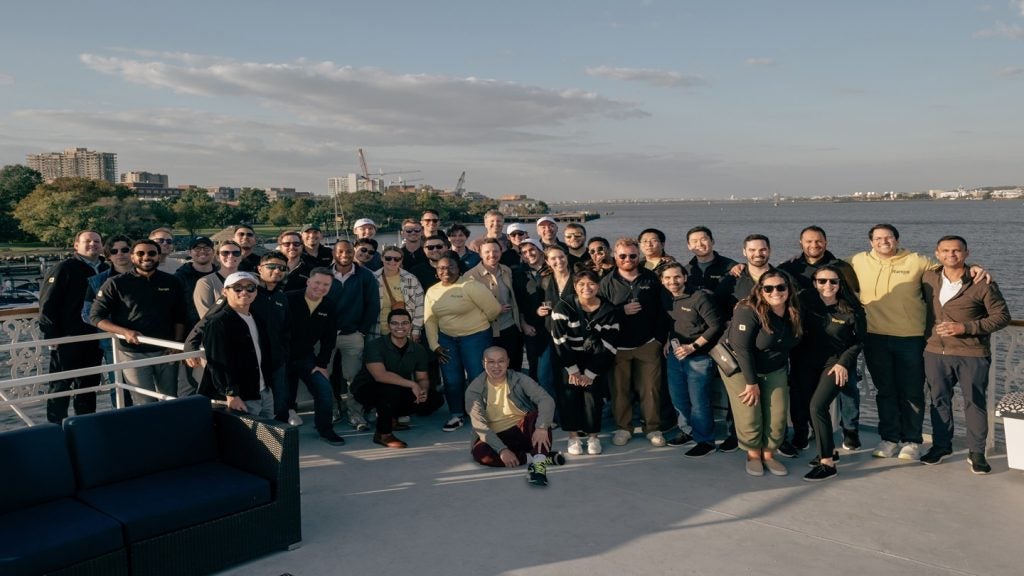World wealth has returned to pre-crisis levels as Asia’s
high net worth individuals fuel a boom but wealth managers face an
increasingly tough struggle to sustain margins. PBI looks
into new research from Merrill Lynch/Capgemini on HNWIs and from
PwC on industry performance.
 The good news: the
The good news: the
ranks of the world’s millionaires swelled by around 900,000 people
in 2010 to 10.9m. Their combined wealth is more than $42trn,
surpassing 2007 pre-crisis levels as the rich turned increasingly
to equities and commodities to recoup crisis-related losses.
The bad news: private banks have a
dramatic technology lag to make up, they are failing to retain
wealth between generations and regulatory pressure is only set to
increase, PwC’s biennial global private banking survey reports.
First then, the good news. Merrill
Lynch Global Wealth Management and Capgemini’s annual wealth study
has confirmed that the number of high net worth individuals (HNWIs)
worldwide grew by 8.3% to 10.9m people in 2010.
Their combined financial wealth
rose by 9.7% to $42.7trn – $2trn more than their combined wealth in
2007 before the economic and financial crisis.
How well do you really know your competitors?
Access the most comprehensive Company Profiles on the market, powered by GlobalData. Save hours of research. Gain competitive edge.

Thank you!
Your download email will arrive shortly
Not ready to buy yet? Download a free sample
We are confident about the unique quality of our Company Profiles. However, we want you to make the most beneficial decision for your business, so we offer a free sample that you can download by submitting the below form
By GlobalDataWhile North America remained home
to the biggest population of HNWIs with 3.4m people, Asia-Pacific
was next with a population of 3.3m, outpacing Europe with 3.1m, to
become the second-biggest region for HNWIs worldwide.
The global HNWI population remained
highly concentrated in the US, Japan and Germany, which together
accounted for 53% of the world’s HNWIs.
Growth in the number of HNWIs –
defined as individuals with at least $1m to invest in financial
assets in addition to their main home, collectors’ pieces and many
everyday items – was rapid in many parts of Asia, highlighting the
growing prominence of millionaires in emerging markets like China,
India and Indonesia.
The global population of
Ultra-HNWIs – those with at least $30m of assets to invest – grew
by 10.2% in 2010 and its wealth by 11.5%.

Asia-Pacific overtakes
Europe
While Asia-Pacific had already
overtaken Europe in 2009 in terms of HNWI wealth, Asia-Pacific’s
HNWI population rose 9.7% to 3.3m in 2010, while Europe’s grew 6.3%
to 3.1m (see chart, above). Asia-Pacific HNWIs’ wealth
gained 12.1% to $10.8trn, exceeding Europe’s HNWI wealth of
$10.2trn, where the wealth increase was 7.2% in 2010.
Growth was robust in several Asian
countries. The HNWI population climbed by 33% in Hong Kong and
Vietnam and by more than 20% in Sri Lanka, Indonesia, Singapore and
India.
India became the country with the
world’s 12th-largest HNWI population in 2010, replacing Spain.
HNWIs continued to favour specific asset classes, such as equities
and commodities, based on market opportunity or long-standing
preferences throughout 2010. In the first 11 months, investors
invested record amounts in emerging market stock and bond funds,
before selling to capture profits as the year ended and after the
value of many emerging market investments topped pre-crisis
highs.

At the end of 2010, HNWIs held 33%
of all their investments in equities, up from 29% a year earlier.
Allocations to cash/deposits dropped to 14% in 2010 from 17% in
2009 and the share held in fixed-income investments dipped to 29%
from 31%.
Among alternative investments, many
HNWIs favoured commodities. Commodity investments accounted for 22%
of all alternative investments in 2010, up from 16% in 2009.
Looking ahead, HNWIs are expected
to increase their equity and commodities allocations even more in
2012 while reducing their allocations to real estate and
cash/deposits.
Although HNWIs took on more
calculated risk in search of better returns, at the end of 2010,
HNWIs globally still held a significant amount of their assets in
more conservative instruments such as fixed-income and cash and
equivalents.
After seeing significant market
fluctuations, 42% of HNWIs said capital preservation was “extremely
important” and 46% said it was “important”.
In the post-crisis environment,
HNWIs need a higher degree of responsiveness and flexibility than
in the past. This will require an eye for longer-term
return-on-investment measures. Reassurance about continuity will be
critical.
See also:
Costs to remain high unless banks cut operational
lag – PwC







